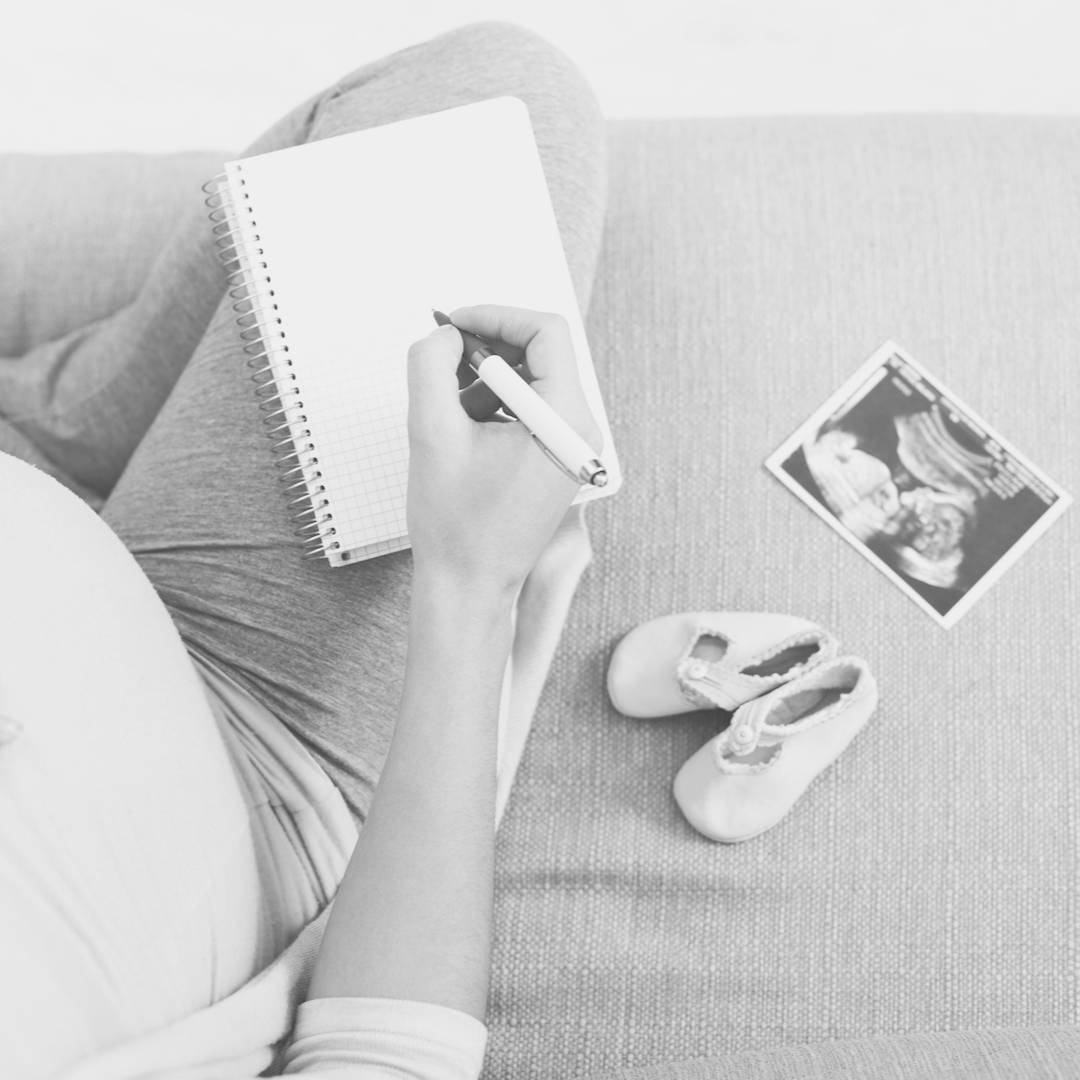


TICKS is an important acronym you need to know for when you are putting your baby into the sling:
‘Wearing’ your baby so close helps with the bonding process. Therefore, I recommend buying one (or asking for one as a gift) before baby is born so that you have it ready to use.
As slings are not structured, they are suitable for newborns. They feel your heartbeat and hear your breathing- the most soothing calming tool for little ones! Both parents can gain benefits from baby wearing and bonding- especially if the primary carer gets to have a good break and rest too!
Slings are great for babies who find it uncomfortable to lie down/need more cuddles. One thing I’ve learned in the past 8 years through my own parenting experience and work is that EVERY BABY IS DIFFERENT. There is no manual or one size fits all! So having a sling on hand for baby’s that need to be upright because of digestion issues, misalignment in their body from birth or just because they like to cuddle (and most newborn babies do!), will be a life saver for you and your family. Yes, there will be babies who are less receptive to the sling, but it’s the same as everything when it comes to parenting- you just need to try it and see what works best for you!
Suitable for twins! If you’re having 2 babies, a sling can be a lovely way to get the rest you deserve. Lots of twin parents say that their babies responded really well to being tucked up closely together in the days after birth- as not only do they become ‘separated’ from the parent, but from each other too! So a sling can help to make the transition a gentler one.
Consider buying or being gifted 2, for when one is in the wash. The last thing you need is for a sick/poo episode to throw your lovely calm day off track!
Remember that the layers of a sling count as clothing layers. You are likely to quite warm with your human hot water bottle attached to you too, so dress baby accordingly to the weather and if you know they will be in the sling for a while, count the sling fabric as layers too.
Once you’ve gotten to grips with the tying the sling properly, you could try and master breastfeeding baby in it too! This was a game changer for me with my second. I would be in the park with my eldest playing, I’d then drop Theo down in the sling slightly, get him latched (boob sag wasn’t a bad thing in this circumstance!!) and then he’d finish and drop off to sleep again. Those days were my most winning days!!
We may be able to move around and do stuff when baby is in a sling, but don’t forget that you can actually rest in it too!! Propping yourself up with lots of pillows and reclining so baby is still upright but you can rest is the way to do it.
When you are doing all of the stuff, an important safety factor to remember is to not eat, drink or cook hot stuff that could splash on them.
The first few times you try the sling may feel frustrating if it’s too loose or baby doesn’t settle. Do it with someone nearby so you don’t feel worried about dropping baby whilst you practice, or do it kneeling down in the centre of a double bed. It’s very unlikely you would drop them- but I do understand the fear of this.
If your baby seems to not like the sling- trust your instinct and either persist by going for a little walk around the house to see if they settle, or take them out. They feel it if we get flustered, so give yourself a break and try again later.
There are lots of lovely brands out there, but from personal experience I recommend Amawraps for quality and comfort. They are 100% cotton, made in the UK and are available in gorgeous colours & designs! Amawraps have kindly given a 10% discount to TMBG blog readers too- just use this code at checkout: mindful
Ready to learn how to tie a wrap? My quick tutorial on Instagram is here or head to Amawraps’ Instagram or website for lots more information.


Here we share how the APPG Birth Trauma report (under the section 'What does 'good' look like in maternity?') outlines an illegal recommendation around the topic of consent, and how Emma Ashworth and others are campaigning to update the report.

Pride month is the perfect opportunity to celebrate the evolving concept of parenthood and the various ways families can now be created!

We answer what OASI is and why is the fourth recommendation in the Birth Trauma Inquiry report is so concerning.